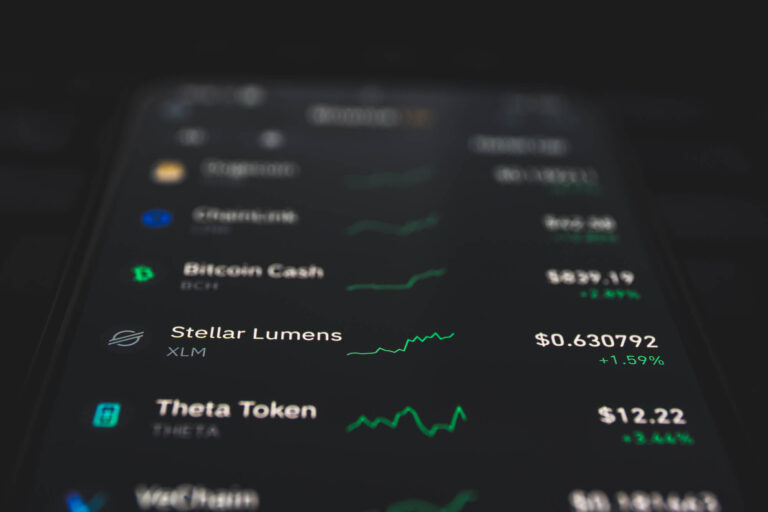Tokenomics is a term that combines the words "token" and "economy". Tokenomics deals with the economics behind a token. Tokenomics is the set of rules that defines the monetary policy of a crypto asset.
Tokenomics also determines when and in what quantity tokens are issued and burned and what use such tokens are likely to have. Tokenomics dictates the framework for the supply and demand of tokens. Tokenomics is the set of rules that defines the monetary policy of a crypto asset. It ranges from the issuance to the "destruction" of tokens, if any. They use game theory to create incentives to reward good actors and punish bad actors. Tokenomics also define the role the token plays in the ecosystem and how it gains value.
The importance of tokenomics
Tokenomics are necessary because public blockchains are open to everyone, including bad actors. Tokenomics aligns the behavior of individual actors, strengthens the protocol and ultimately creates trust. This is done with the help of cryptocurrencies. An increase in good behavior translates into an increase in the value of a crypto asset, which encourages participants to be good actors.
Harvard psychologist B.F. Skinner first proposed the idea of tokenomics in 1972. He believed that a token economy model could be beneficial for aligning behaviors. In a well-designed tokenomics model, all costs and benefits are internalized (no externalities), so there is no way to manipulate the ecosystem - which ultimately makes it robust.
There are four different stakeholders involved in all blockchain projects. These are the founders and developers who build the project, the miners or validators who operate the blockchain and ensure security, the investors who provide the capital required for the project, and finally the consumers as the actual users of the platform. Tokenomics creates a set of rules that aligns all players and strengthens the ecosystem.
The economic basis of cryptocurrencies
Ultimately, tokenomics is the recipe for creating valuable cryptocurrencies. In a world with thousands of crypto assets, tokenomics help us to see the bigger picture. They show us how to make sound investment decisions. We find four key ingredients. They are:
- The total supply and its demand
- The initial allocation of tokens
- The distribution of tokens
- The creation of value
Tokenomics play a central role in the functioning of a blockchain or dApp. They use a set of hard-coded rules and a token to align the behavior of all actors in a way that benefits the protocol. As we have seen, there is no one good tokenomics model. There are multiple recipes for good burgers with different ingredients that lead to different flavors. Each recipe depends on the right mix of ingredients. Depending on the blockchain services offered, tokenomics are different.
Four ingredients are essential. The first is the total supply and demand. The number of tokens in circulation must match the token demand. The second element is the initial allocation of the token. It must provide an incentive for all participants in the network without harming anyone. The third component is the subsequent distribution of the tokens. It must be dynamic and properly reward participants without diluting the value of the ecosystem. Finally, the increase in value gives the token value and solidifies its place in the ecosystem.









